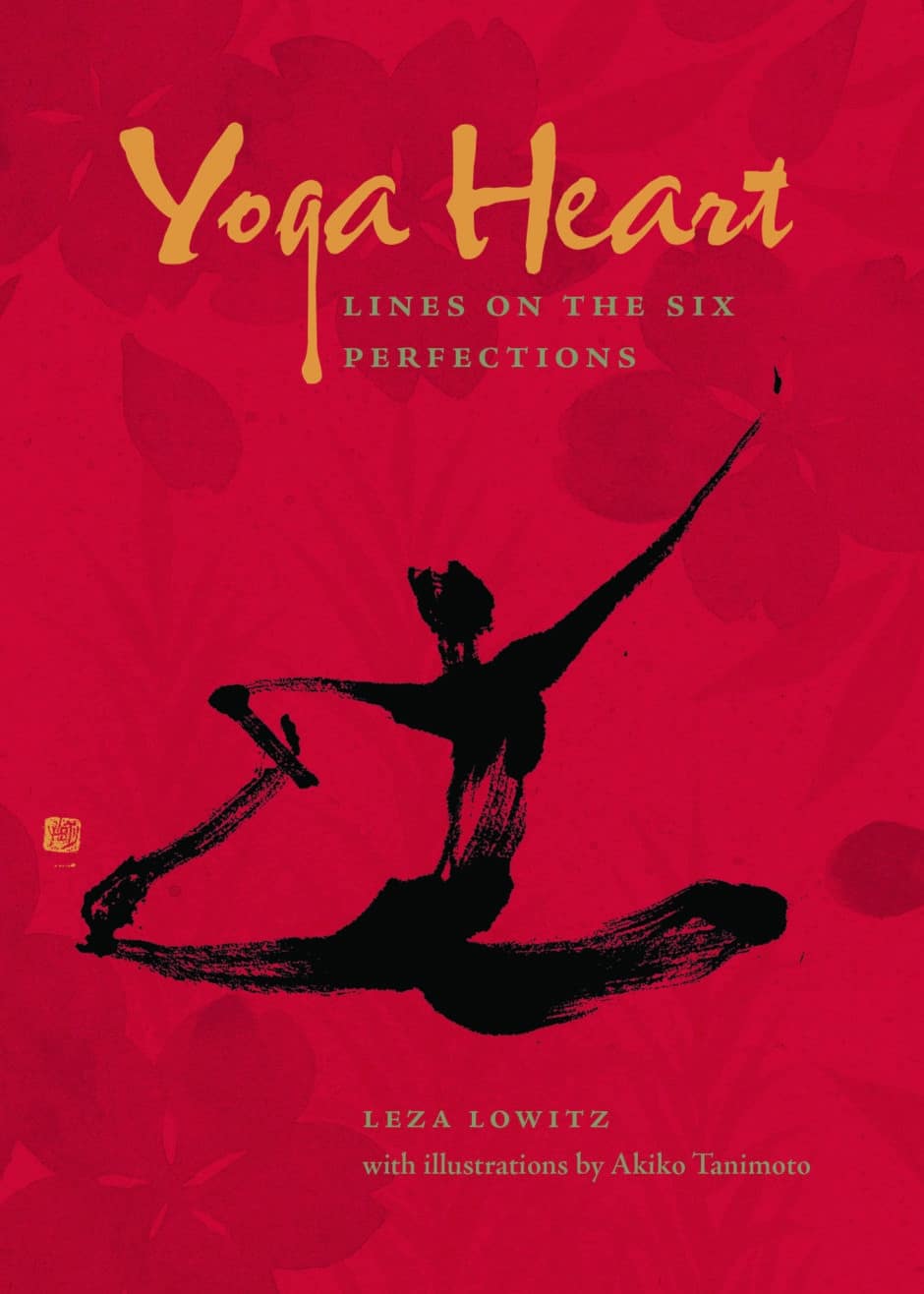The celebration brings up the immense gratitude I have for my mother, but it is also tinged with grief. For ten years I’ve longed to have a child, but haven’t been so blessed. Thankfully, my yoga practice has helped me look at this challenge as a kind of practice in itself–I have no other choice. My Japanese husband and I have applied to adopt, but our chances are slim. At 43, my age makes adoption even more difficult in a country where adoption is rare and bloodlines are almost feudal in their importance. I have to face it: my long road to motherhood might be at an end.
As the years have passed, I’ve had to ask myself questions many mothers never consider. Why do I want to be a mother anyway? I meditate on the answer. I want to experience another kind of love, something beyond what I know or can even imagine. Mother love.
But I’m not there yet, not at all. All the effort, pain, and disappointment of infertlity has gotten too much to bear, and I haven’t been loving myself. So while we wait for a placement from the orphanage, which looks unlikely, my husband suggests I go on a pilgrimage to the motherland—India. If I can’t have a child, can I discover another way to experience motherhood? If not, can I let go, and find contentment with life as it is?
Nothing to lose. So I pack my bags and head to India, hoping it will be the perfect place to heal and to find the mother within. Continue Reading…













